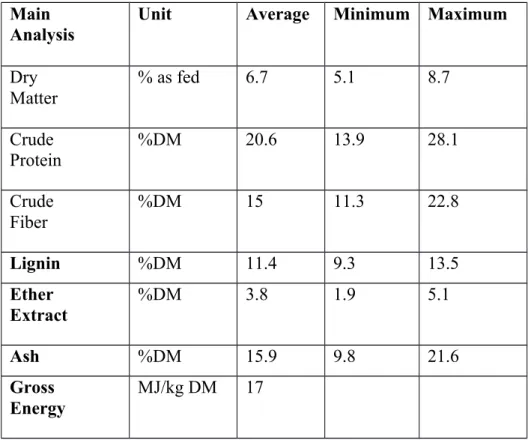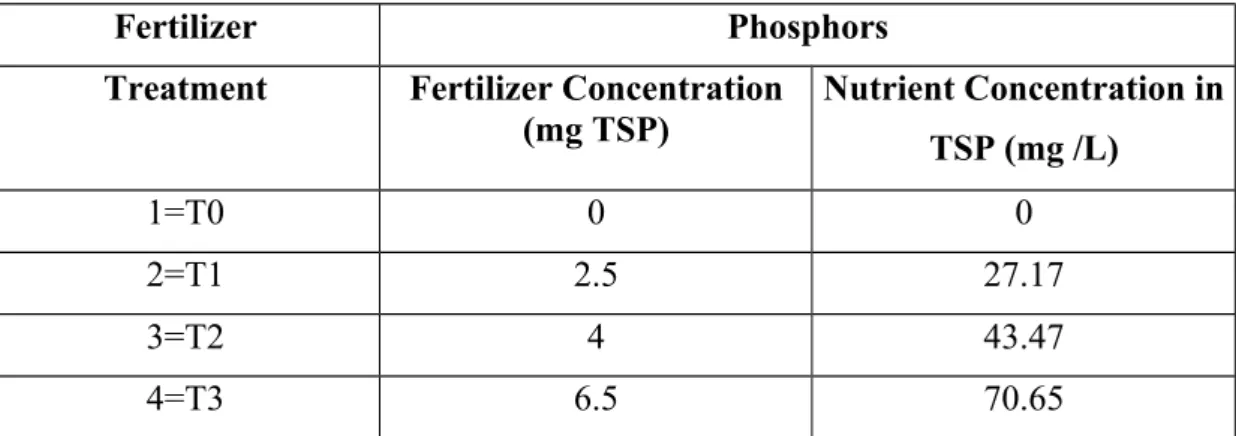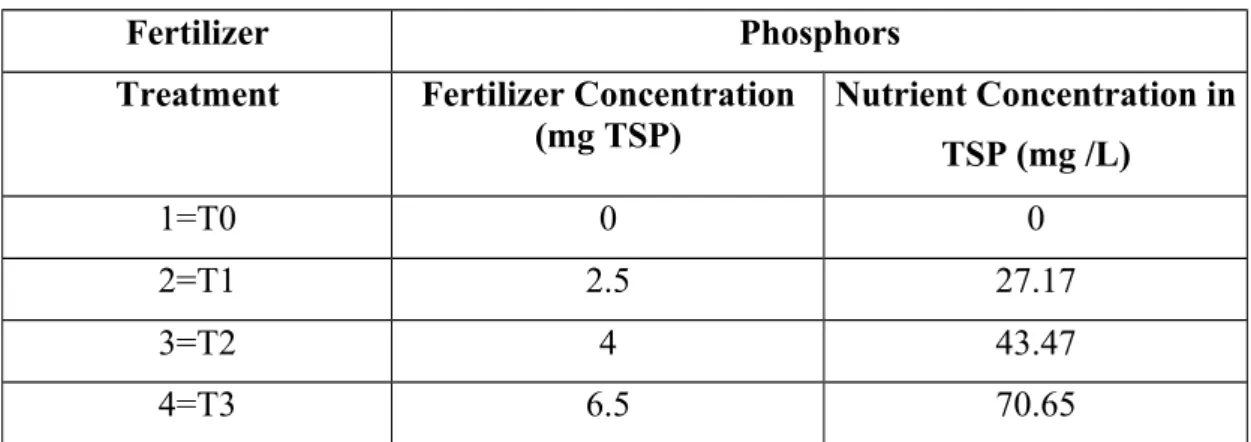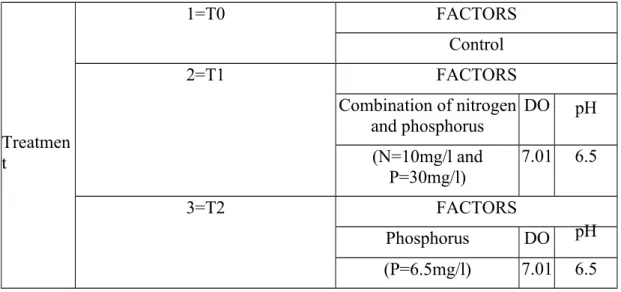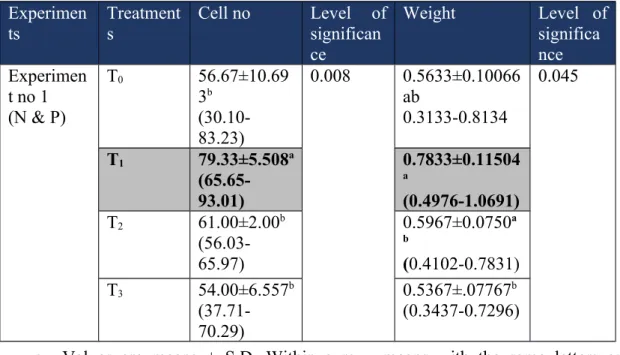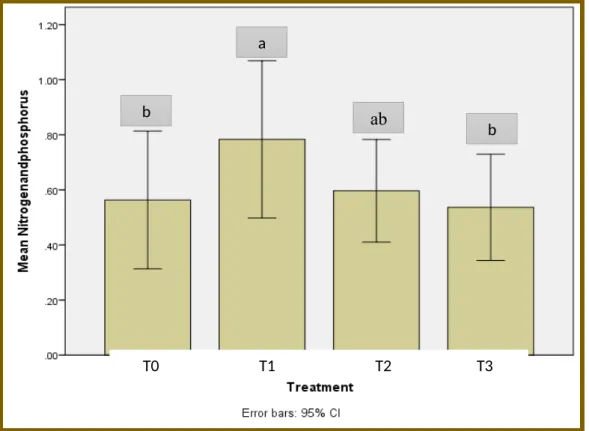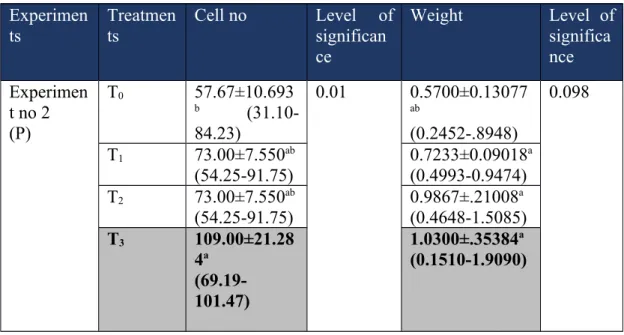Diet costs take up a large portion of operating expenses, with manure being one of the main expensive ingredients in aquaculture diets. It is hoped that the study will provide a higher understanding of the potential of Azolla-based systems in Bangladesh from a low-cost natural purification process. Before conducting research, it is important to prepare a plan of research activities carried out previously on relevant topics.
Azolla plants are triangular or polygonal in shape, and float on the surface of the water, individually or in mats. Azolla floats on the surface of the water with the help of numerous small, closely overlapping scale-like leaves, with their roots hanging in the water. It attracted international attention in the 1970s because of the oil crisis and thus the economic process of fossil fuel-dependent N fertilizers.
Azolla's nutritional value is comparable to alfalfa sprouts and Spirulina - a dietary supplement made from the cyanobacterium Arthrospira.
Azolla as fish feed
The protein standard in Azolla is sweet, although there are some deficiencies of the amino acid methionine, histidine and lysine. Based on the research papers reviewed, Azolla appears to be a bona fide substitute for protein from expensive sources such as fishmeal. Among the papers reviewed, suggest that Nile tilapia and Tilapia mozambicus can perform better in a range of 20% to 42% Azolla inclusion diet (Ebrahim et al., 2007 and Fiogbé et al., 2004).
In recent biochemical studies on Tilapia mossambicus reported that the increased protein, carbohydrate and lipid content in the liver when fed with the Azolla diet (Sithara .2008). The high level of crude protein of Azolla and better lysine concentration indicated that Azolla plants can be an honest source of fish feed. And, among protein plant sources, the plant appears to be an honest substitute for protein from expensive sources that depend on feed and oil on the feeding habits of the fish spaces.
Effects of Nitrogen on Azolla Growth
Effects of Phosphorus on Azolla Growth
Expansion rate and nitrogen content decreased on average above 30 °C during the high temperature period.
Effect of pH on Growth of Azolla
Effects of Different Oxygen level (DO) on Azolla growth
The oxygen values within the leaf cavities were within the aerated water and were within the range of atm. At 140 µE m−2 s−1 irradiation, oxygen decreased within the leaf cavities where acetylene reduction activity and heterocyst frequency were highest.
Chapter-3: Materials and Methods
- Materials
- Collection of Azolla
- Azolla stock culture
- Sources of Nitrogen and Phosphorus
- Set up the experiments
- Water quality management
- Experimental design
- Experiment 1(Effect of combination of nitrogen and phosphorus on growth performance of Azolla)
- Experiment 2(Effect of phosphorus on Growth performance of Azolla) After completing the first experiment, It found that Azolla needed a huge amount of
- Experiment 3(Effect of different oxygen level (DO) on growth performance of Azolla)
- Experiment 4 (Effect of different level of pH on Growth performance of Azolla)
- Experiment 5 (Based on the best result of Experiment 1-4)
- Fertilizer treatment (TSP and UREA)Plate 1: Azolla collection
- pH Treatment
- cell counting Plate 4: Aerator treatment
- Sampling
- Weighting of sample
- Laboratory analysis
Azolla mat floating on the surface of a pond heats up in the sun much faster than the water column below it. Shade and ventilation used in wet lab experiments to reduce heat stress. The research consists of 5 experiments and each experiment was conducted with four treatments (T0, T1, T2 and T3) and each treatment was conducted in triplicate.
The experiment was conducted with four treatments and each treatment had three repetitions to mitigate the error. The Azolla were grown for 7 days in sterile cultures with different concentrations of phosphorus. The experiments were carried out in 500 ml aqueous containers or as the experiment continued, 12 plastic containers were placed in the Wet Laboratory.
In the third week, the experiment was carried out with different numbers of aeration to determine the growth of Azolla at different oxygen levels. In the fourth week, the experiment was carried out with different pH levels to determine the growth and concentration of Azolla proteins. In the 5th experiment, the combination value of nitrogen and phosphorus from the 1st experiments, DO from the 3rd experiments and pH from the 4th experiments were taken as treatment T1 which all gave good results in every experiment.
For treatment T2, the values of phosphorus from the second experiments, DO from the third experiments and PH from the fourth experiments were combined, all of which gave good results in each experiment. On the last day of each treatment, Azolla's weight was counted using a weight machine to determine which treatment provided the best results in terms of weight. After completion of the study period, Azolla was collected from each treatment for protein concentration analysis.
Then we placed the digestion tube in the digestion unit and digested it for half an hour. Then take 10 ml of mixed indicator in the beaker of the distillation unit and take 25 ml of NaOH (white tube) and H2O (black tube) in the blow tube of the distillation unit.

Chapter-4: RESULT
Effect of Different treatments on growth performance of Azolla .1 Experiment 1 (the combination of nitrogen and phosphorus)
- Experiment 2(Phosphorus)
- Experiment 3 (Different Oxygen Level)
- Experiment 4(Different pH Level)ab
- Experiment 5 (Based on the best result of Experiment 1-4)
Data in (Table 10) showed that the Azolla provided with Treatment-4(T3) means that fertilizer experiments (P=6.5 mg) play a role in higher growth in terms of cell number (Figure - 3) and weight ( Figure 4). compared to other treatments. The data (Table 11) showed that the Azolla provided with Treatment-2(T1) means that oxygen level experiments (DO=7.01) play a role in higher growth in terms of cell number (Figure 5) and weight (Figure 6). ) compared to other treatments. Data in (Table 12) showed that the Azolla provided with Treatment-0(T0) means that experiments where the level of (pH=6.5) plays a role in higher growth in terms of cell number (Figure -7) and weight (Figure -8). ) compared to other treatments.
The data in table 13 showed that Azolla equipped with Treatment-3(T2) means experiments with the level of (Combination of phosphorus=6.5mg/l, DO=7.01, pH=. 6.5) plays a role in the highest growth as belongs to the cell. number (Figure-9) and weight (Figure-10) comparing with other treatments.
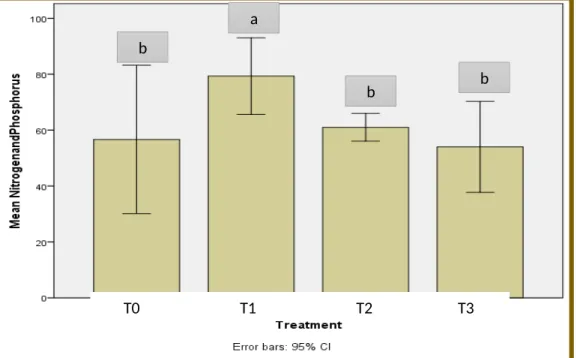
The protein content of experimental Azollab
In experiment 1, the highest protein content was found in treatment-3(T2) than other treatments. In experiment 2, the highest protein content was found in the T3 treatment than in the other treatments. In experiment 5, the highest protein content was found in treatment -3(T2) than other treatments.
Chapter-5: Discussion
- Experiment 1(Effect of the combination of nitrogen and phosphorus on Azolla growth)
- Experiment 2 (Effect of phosphorus on Azolla growth)
- Experiment 3 (Effect of Different Level of Oxygen on Azolla growth)
- Experiment 4 (Effect of Different level of pH on Azolla growth)
- Experiment 5 (Effect of the combination of best result of experiment 1-4 on Azolla growth)
- Effect of fertilizer and water quality parameter on the protein content of Azolla
- Conclusions
- Recommendation and Future perspectives
The results of the study showed an interaction between treatments using a combination of N2 and P on cell number, weight and protein content of Azolla pinnata. After completion of the first experiment, mean dry weight and cell number were evaluated by one-way ANOVA (P = 0.05). In addition, the combination of a large amount of nitrogen and a small amount of phosphorus showed a negative result.
Based on the results of the study (Handajani H. 2011), the addition of the combination N (Urea) and P (TSP) concentration could increase the yield of Azolla pinnata fresh and dry weight and accelerate the cell growth of A.pinnata. It would be caused by N jointly of the macronutrients required for cell biosynthesis during photosynthesis to provide energy. It may also be influenced by the supply of the P element, which is the main nutrient limiting the expansion and development of A.
At the final sampling of the fifth experiments, the information showed that the Azolla supplied with Treatment-2(T2) means that experiments in which the extent to which the combination of (phosphorus=6.9 mg/l, DO=7.01, pH = 6.5) plays a role in higher growth in terms of cell number and weight compared to other treatments. In addition, Azolla with treatment T2 (phosphorus = 6.9 mg/l, DO = 7.01, pH = 0.6.5) provided better indications for the growth performance of Azolla than treatment T1 means experiments with the magnitude of the combination of ( the combination of N= 10 mg/l & P=30 mg/l, DO=7.01 mg/l, pH=6.5) because Azolla requires a phosphorus supplement instead of nitrogen. Due to their symbiosis with atmospheric nitrogen (N2) fixing microorganisms (diazotrophs), the plants' initial production under natural conditions is rarely N-limited.
Azolla appears to be a fair substitute for protein from expensive sources such as fishmeal, depending on the feeding habits of the species. Much of the research into the feasibility of Azolla as a feed or nutritional supplement comes from Asia. The current study was conducted to support an analysis of fertilizer (N and P) and water quality (DO and pH) results on Azolla, which is used by fish.
The results of this study show that each of the factors plays a possible role in better growth performance (end cell number, final weight) and the protein content of Azolla. Azolla is exclusive because it is one of the fastest growing plants in the world. Yet it does not need soil to grow.
- Cell number of Azolla in the 1 st experiment
- cell number)
- cell number)
- cell number)
- cell number)
- cell number)
- Cell number of Azolla in 2 nd Experiments
- Average cell number of Azolla in 2 nd Experiments Treatment Day 1
- cell number)
- cell
- cell
- Average cell number of Azolla in 3 rd experiments
- cell number of Azolla in 4 th experiments
- cell
- Average cell number of Azolla in 4 th experiments
- Cell number of Azolla in 5 th experiments
- cell
- cell
- Average cell number of Azolla in 5 th experiment
- Total cell number of Azolla on the 7 th day of each experiment
- Average of Total cell number of Azolla on 7 th day of each experiment (1-5)
- The final weight of Azolla on the 7 th day of each experiment (1-5)
- the average of the final weight of Azolla on 7 th day of each experiment
Oxygen concentration, nitrogenase activity and frequency of heterocysts in leaf cavities of Azolla filiculoides Lam, FEMS Microbiology Letters. Costa ML, Santos MCR., Carrapico F, Pereirac AL. 2009. Behavior of Azolla-Anabaena in municipal wastewater and artificial media - influence of combined nitrogen. Effect of mineral nutrients and combined nitrogen sources in the medium on the growth and nitrogen fixation of the Azolla anabaena association.
Effect of replacing fishmeal with Azolla leaf meal on growth, food utilization, pancreatic protease activity and RNA/DNA ratio in hatchlings of Labeo rohita (Ham.). Effect of nutritional supplementation of Azolla on the growth and survival of Labeo ruhita boys Asian j Animal sci.9:33-37. Replacement of fishmeal with Spirulina platensis, Chlorella vulgaris and Azolla pinnata on the non-enzymatic and enzymatic antioxidant activities of Macrobrachium rosenbergii.
Effect of NaCl on growth, nitrate uptake and reduction and nitrogenase activity of Azolla pinnata–Anabaena azollae. Plant Science.164(1), pp.61-69. Rao BP, Subudhi, Watanabe I.1981. Differential phosphorus requirements of Azolla species and strains in phosphorus-limited continuous culture. Using Support Vector Machines (SVMs) to Predict Distribution of an Invasive Water Fern Azolla filiculoides (Lam.) in Anzali Wetland, South Caspian Sea, Iran.
Application of genetic algorithm and greedy stepwise to select input variables in classification tree models for the prediction of habitat requirements of Azolla filiculoides (Lam.) in Anzali wetland, Iran. Growth, acetylene reduction activity, nitrate uptake and nitrate reductase activity of Azolla caroliniana and Azolla pinnata at different nitrate levels. Subudhi BPR, Singh PK.1979.Effect of phosphorus and nitrogen on growth, chlorophyll, amino nitrogen, soluble sugar content and heterocyst of water fern Azolla pinnata.Biologia Plantarum.
Effect of NaCl on growth, nitrate uptake and reduction and nitrogenase activity of Azolla pinnata-Anabaena azollae, Plant Sci.
